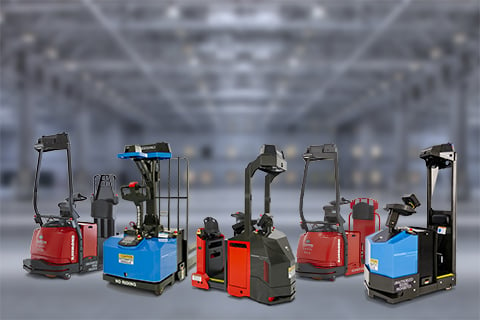In a dynamic production environment, as companies continue to experience an increase in manufacturing complexities, there is typically an increase in labor resources as well. For operations managers, it becomes a balancing act to manage the production process and have resources to remain productive.
A lack of labor is a well-known pain point for manufacturing as it impedes the ability to achieve a certain level of productivity for the operation. Embracing automation allows companies to reap significant labor benefits when dealing with worker job satisfaction, safety issues, and a shortage of labor.
Job Satisfaction Affecting Productivity
According to the Journal of Occupational Psychology, job satisfaction plays a big role in how a given employee feels about getting to work each and every day, even when they feel ill or disinclined. The cost of absenteeism is rarely calculated in OEE (overall equipment effectiveness), which measures the degree to which a piece of manufacturing equipment is performing to capacity. If that machine has optimal production capacity of 100 units per hour, anything less is lost, wasted, or unproductive.
All the solutions, technology, data metrics, do not calculate absenteeism as a rationale for a plant floor idle machine. A multi-million dollar machine is measured on speed to ROI (return on investment), yet when a second and third shift employee calls in sick that ROI suddenly takes weeks, months, and even years longer to recoup the capital equipment purchase. Operations managers understand this pain point where the cost of a day's absenteeism may be more than a day's wage of a single employee: Lost production time, missed delivery dates to customers, over-time to offset absentees cannot be overlooked.
Productivity at Risk from Safety Issues
Productivity is at risk when safety issues intervene with the efficiency of the person, machine, factory or system. In larger manufacturing facilities when material handling workers are under extreme pressure, there is a rush to get material or product to/from the line which increases risk of injuries to workers, as well as product and facility damage. Additionally, new workers hired to meet short-term or seasonal demand are often inadequately trained, elevating the chances of a safety incident.
Typically in the larger manufacturing facilities, product may be stacked in the aisles and not moving, increasing chances of a safety incidents happening, as well as putting a strain on the resources. Operations managers tend to react rather than strategically look to avoid the waste and devise safer and efficient solutions.
Scarce Labor Forecasted
Materials handling workers are in short supply, for which automation becomes especially effective for this part of the production process. There is a very real issue of scarce labor availability for North American manufacturers where the manufacturing gap is forecasted to get even worse due to pending retirements of older workers and a manufacturing rebound.
As the general trend in the automation of production increases, finding qualified labor becomes more of a challenge because the nature of the job changes with the complexity of the manufacturing process. Jobs once performed by humans become reallocated to an automatic process of equipment, and the human labor becomes more significant because the job alters to technical skill sets to keep complicated equipment functioning.
Flexibility for Complex Manufacturing
When companies struggle to maintain production volumes and can’t afford to be down one shift, it is important to manage the right balance of labor and mechanization in the automation process, especially when the production process is not a static environment.
Today, flexible automation is a game changer for a complex manufacturing environment. Being able to scale and adapt to production changes provides a competitive edge. Distinctively for materials handling, vision guided vehicles (VGV) provide that advantage as they use vision technology to navigate. This powerful element is significant because VGVs, unlike traditional automated guided vehicles (AGVs), do not require engineering resources or additional infrastructure, which supports the dynamic manufacturing environment.
VGVs are scalable and provide the flexibility in moving product when production changes, but also provide added benefits for operations managers and workers. VGVs moving materials provide a safer work environment, reduce labor, and provide higher value jobs. Worker job satisfaction improves, which increases productivity, as facility workers gain technical skills monitoring and controlling automated vehicles.
When an environment consists of changing surroundings, the people and the automation solution must both, in a unified way, be ready and able to adapt.







